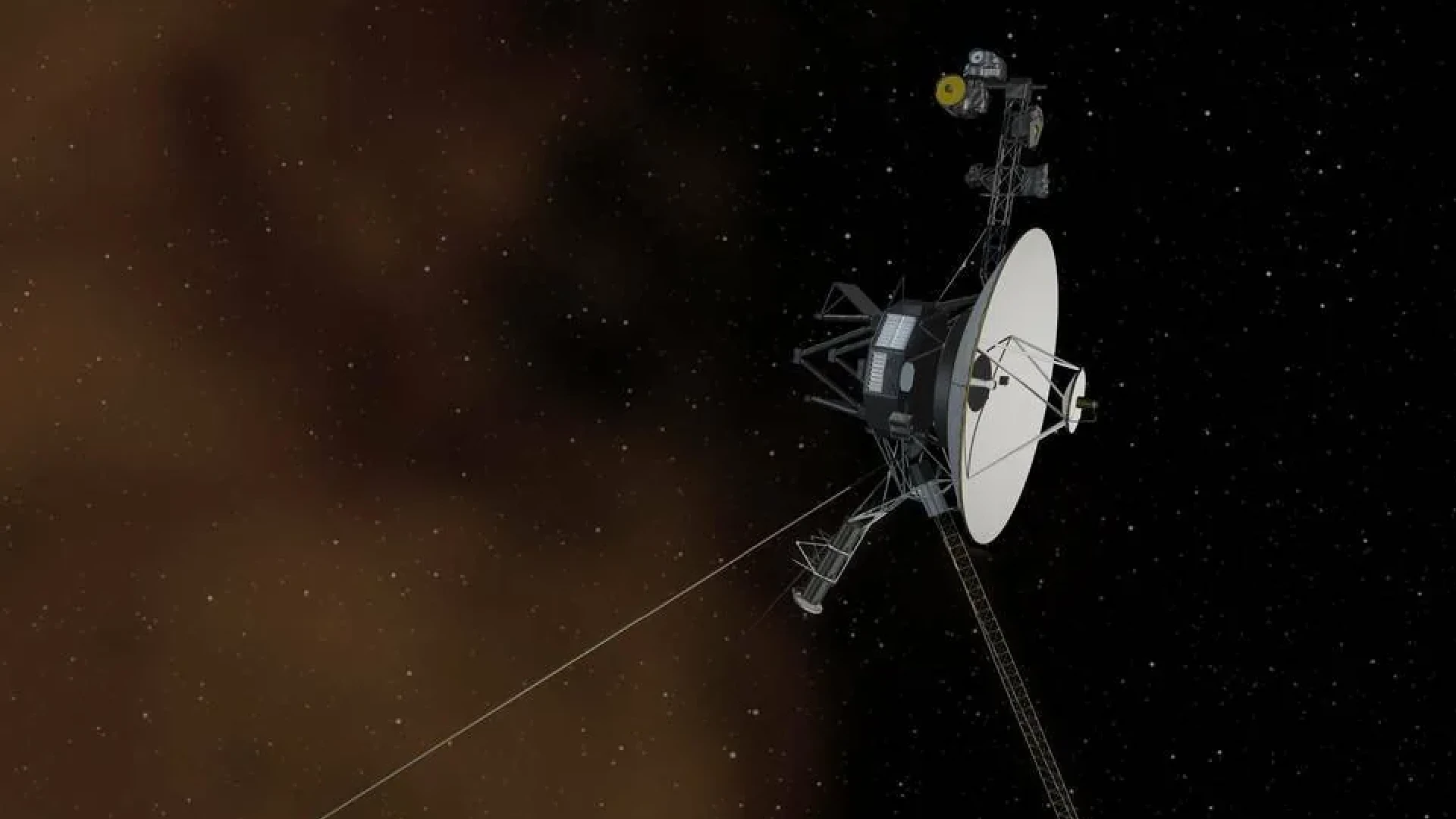NASA can beam a signal to Mars in five minutes. The Voyager 1 spacecraft is so far away, it takes almost 22 hours to receive a radio message.
Now some 14.6 billion miles from Earth, the agency’s legendary probe started sending weird, screwy messages back to NASA this year. The 45-year-old spacecraft appeared to operate normally out there in the cosmos, but beamed back some “garbled information” about its position in space.
Back on Earth, the probe’s engineers recently solved the problem. They found that Voyager’s attitude articulation and control system, or AACS — a critical system that ensures Voyager’s signal-receiving antenna points at our planet — started routing its information through a “computer known to have stopped working years ago.” Ultimately, this corrupted and garbled the data.
It’s unknown why the system began communicating with a defunct computer. Somewhere aboard the decades-old craft, something is awry. But Voyager engineers don’t think it’s a hazard, and expect to find the root glitch eventually.
“So we’re cautiously optimistic, but we still have more investigating to do,” Suzanne Dodd, Voyager’s project manager, said in a statement.
Voyager 1 is on a truly cosmic mission, and it passed by Saturn in 1980. Nearly a decade ago, in 2013, the probe entered interstellar space, meaning it exited the bubble of particles ejected from the sun.
It’s now immersed in the deep, deep cosmos. In 40,000 years, the spacecraft will pass 1.6 light-years from another star, AC+79 3888.
Anyone who finds Voyager will also find a golden record attached to the probe. It contains, among a number of recorded audio snippets from Earth, the scintillating sounds of Chuck Berry.
Godspeed.
